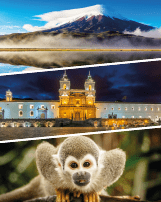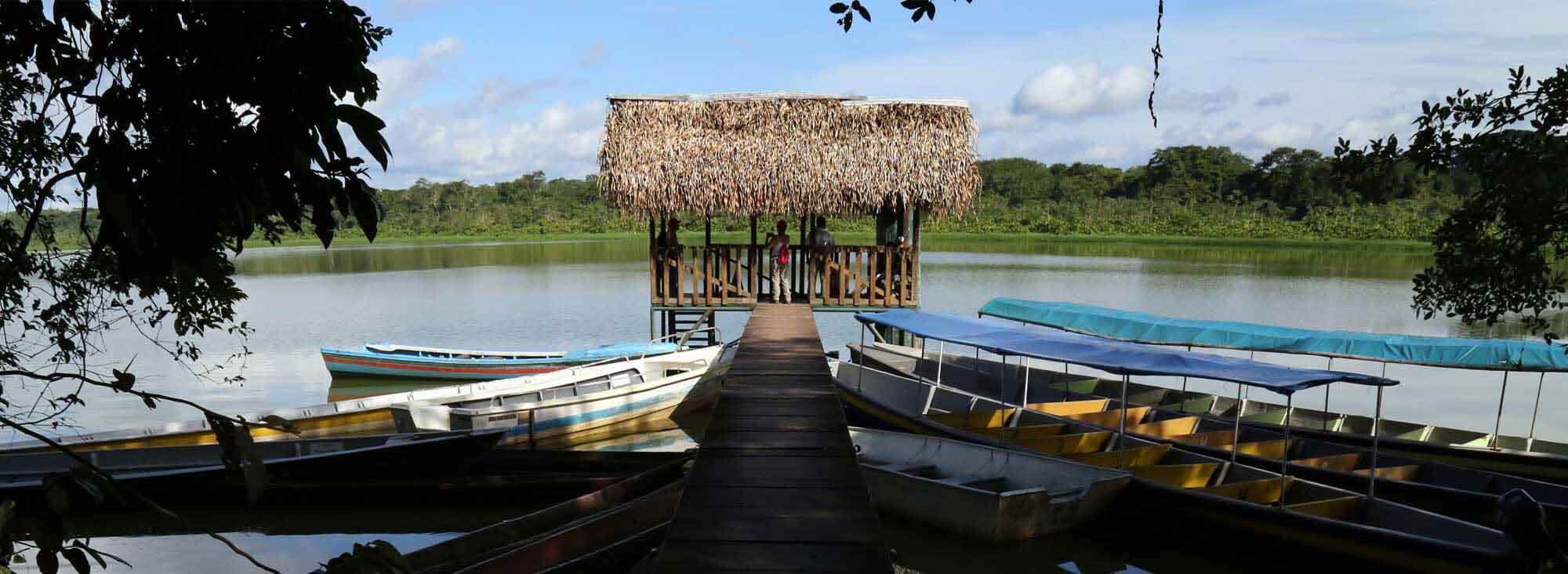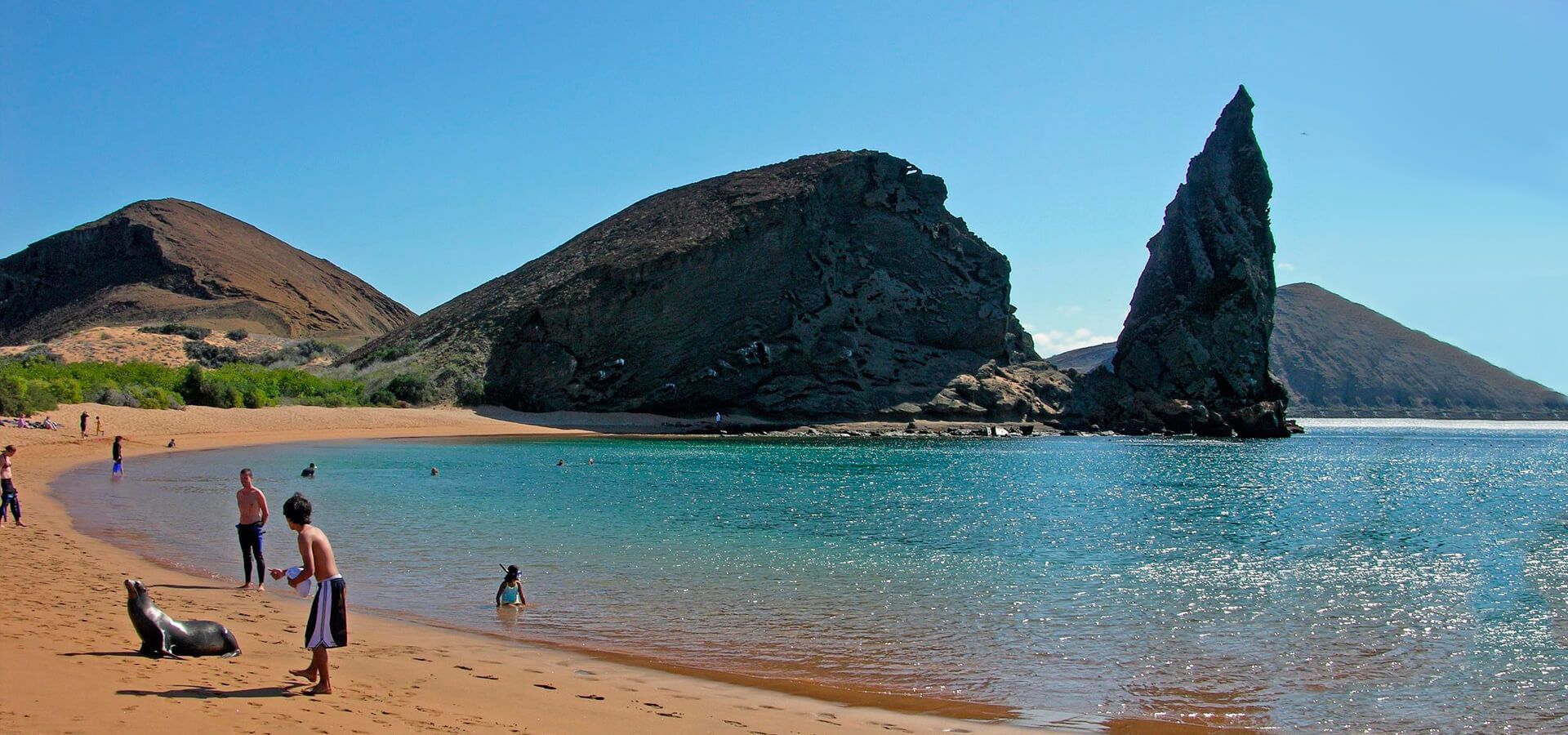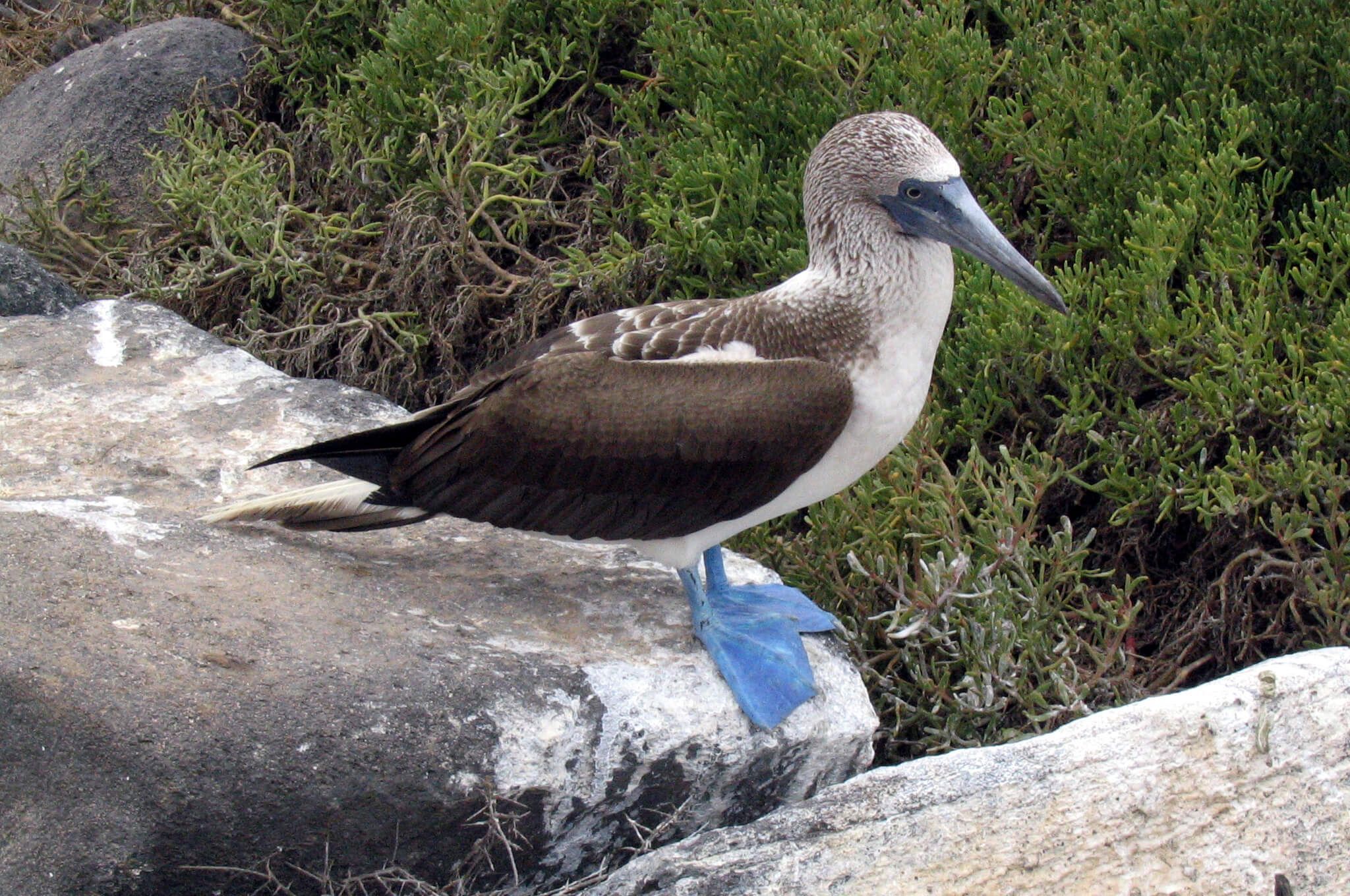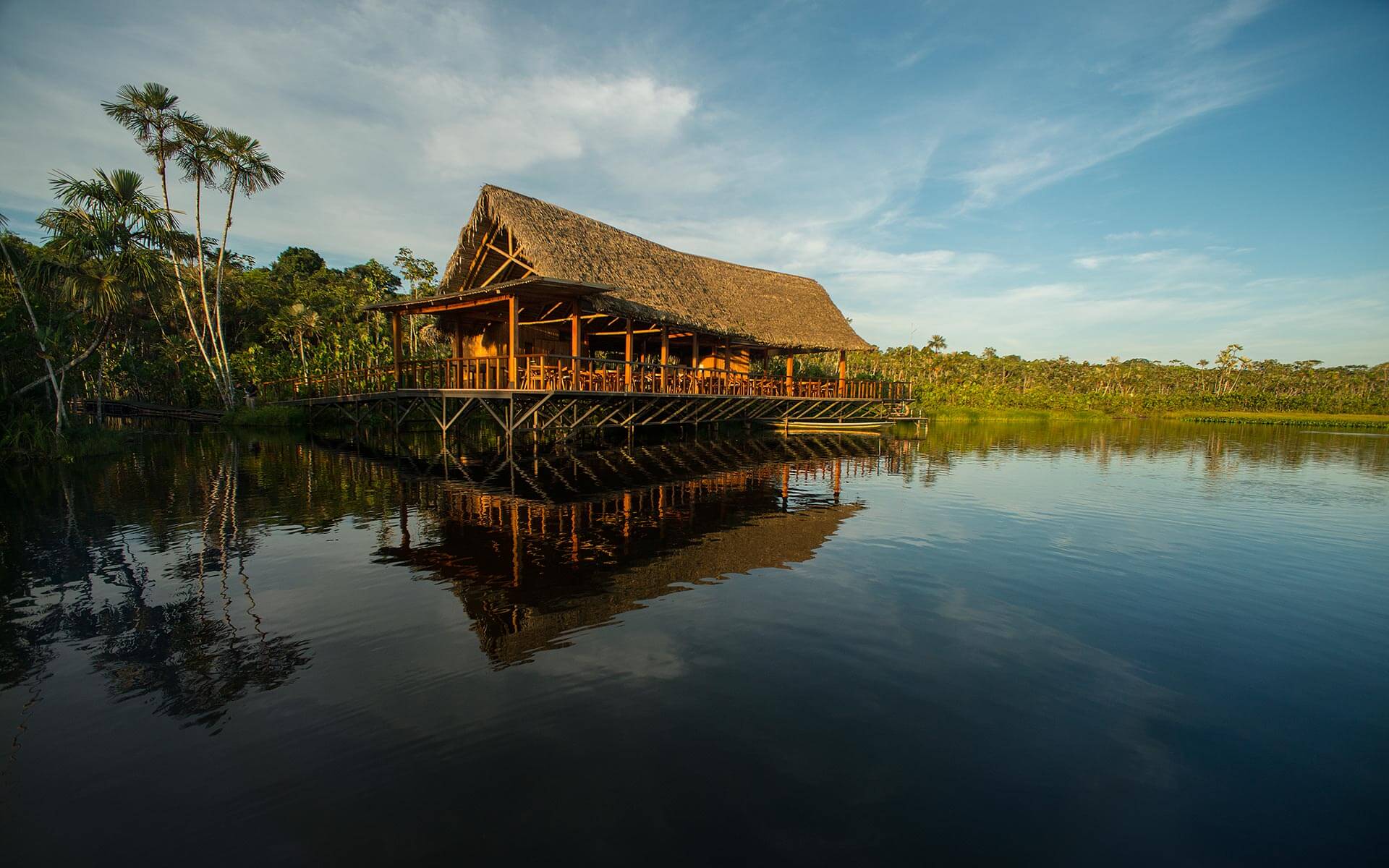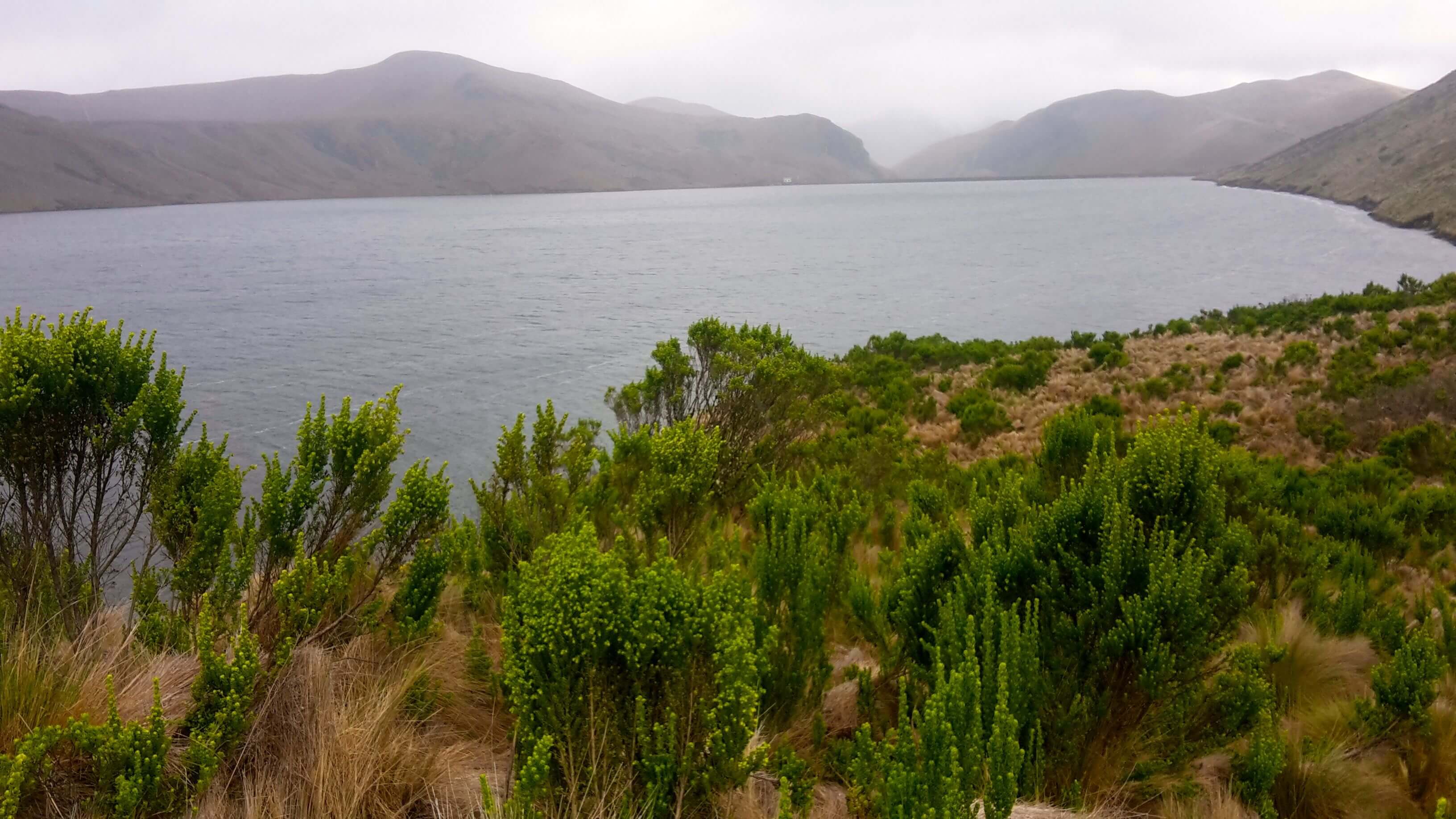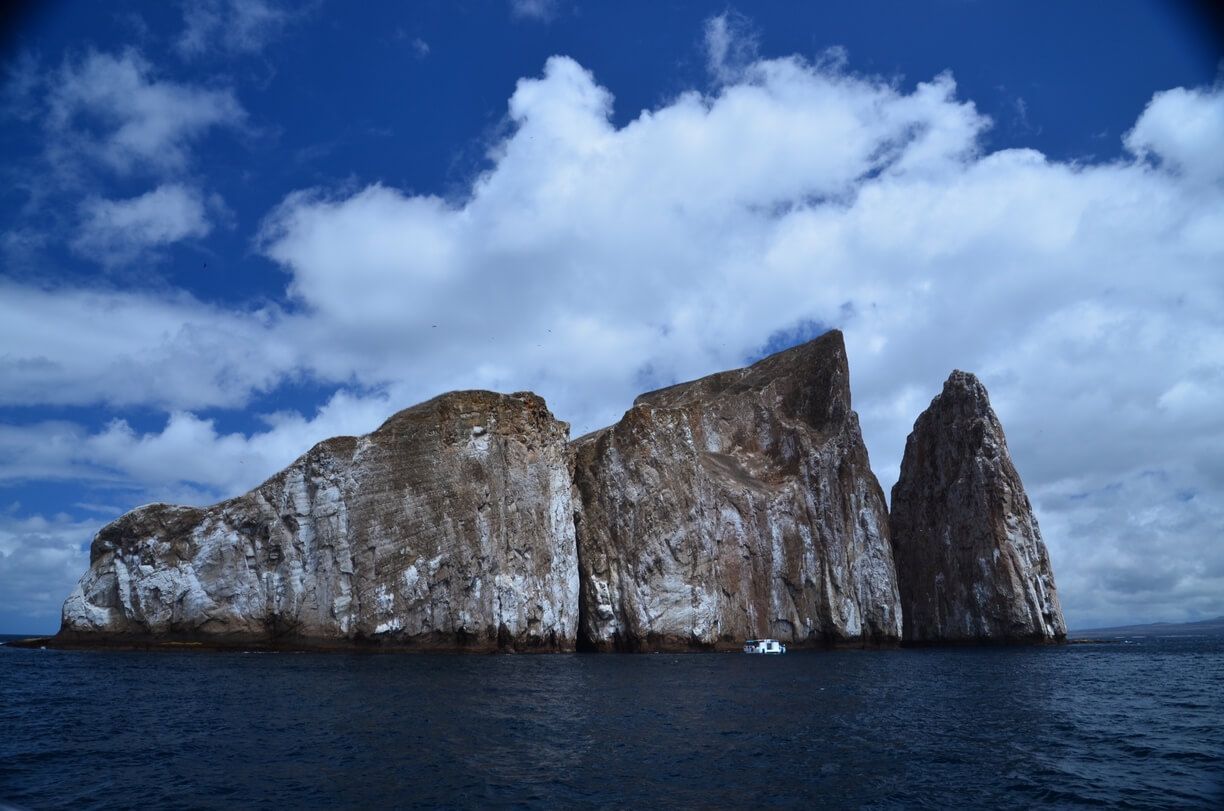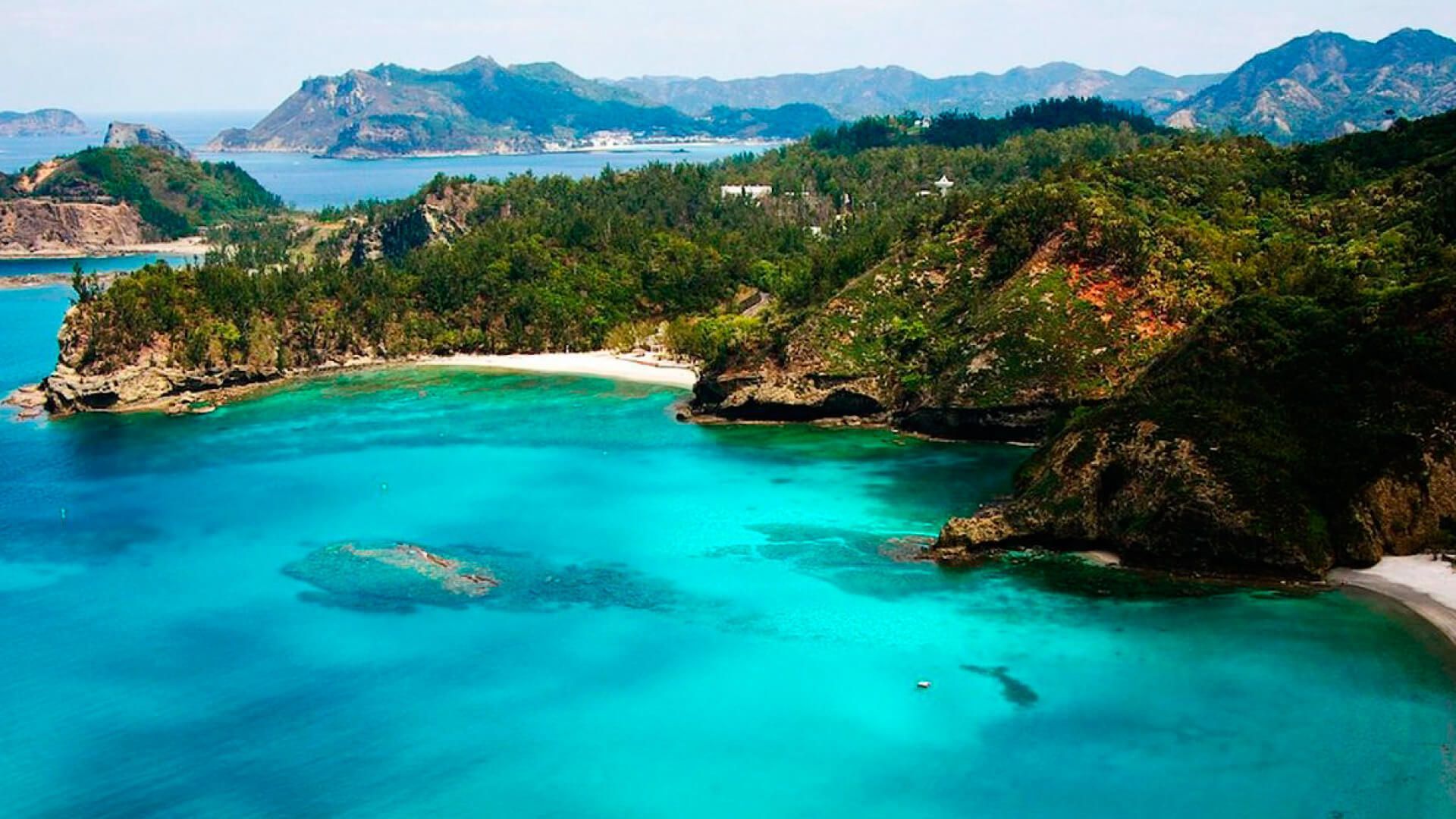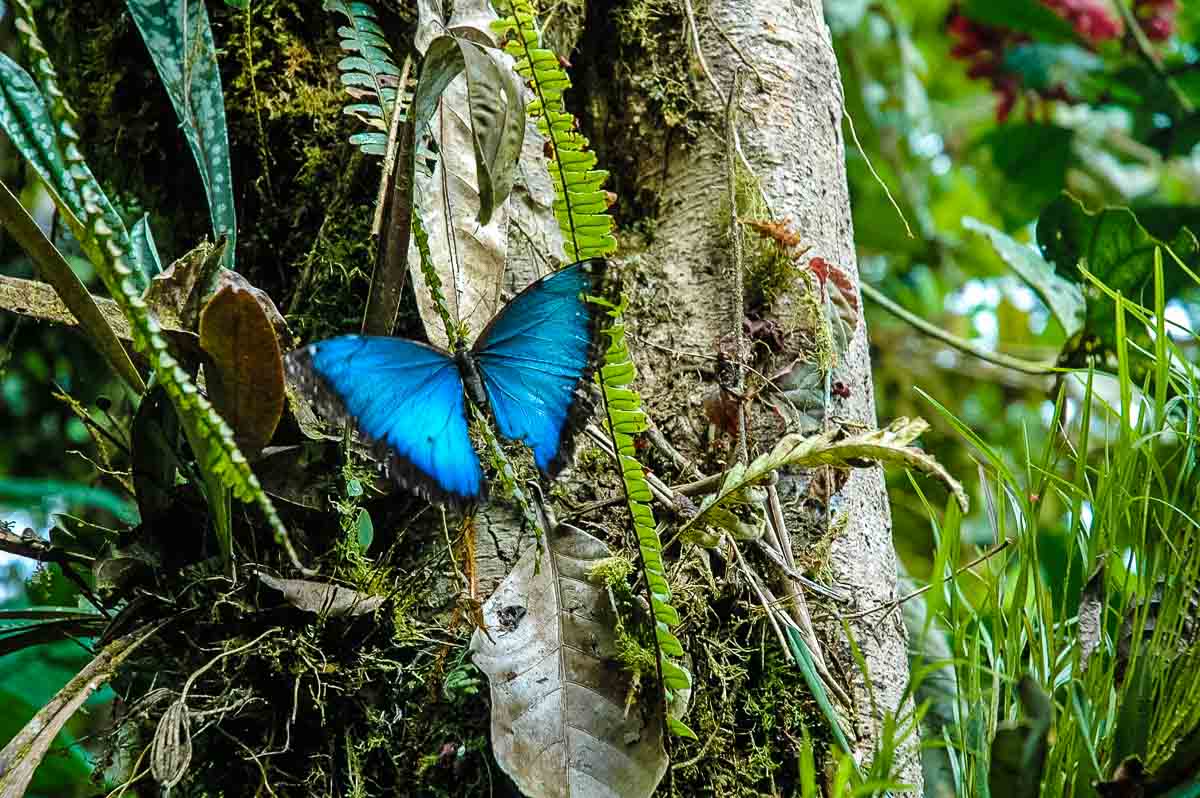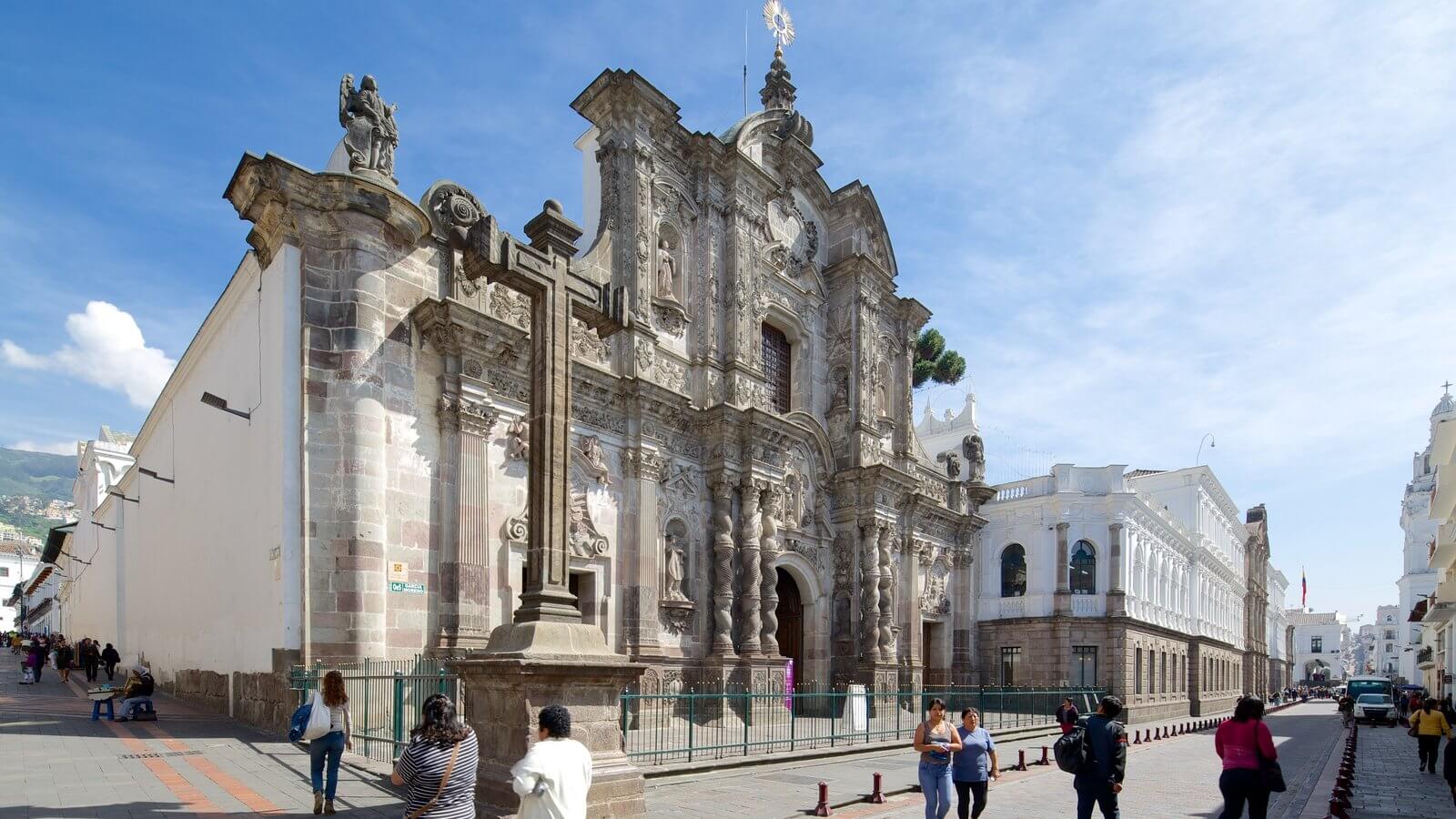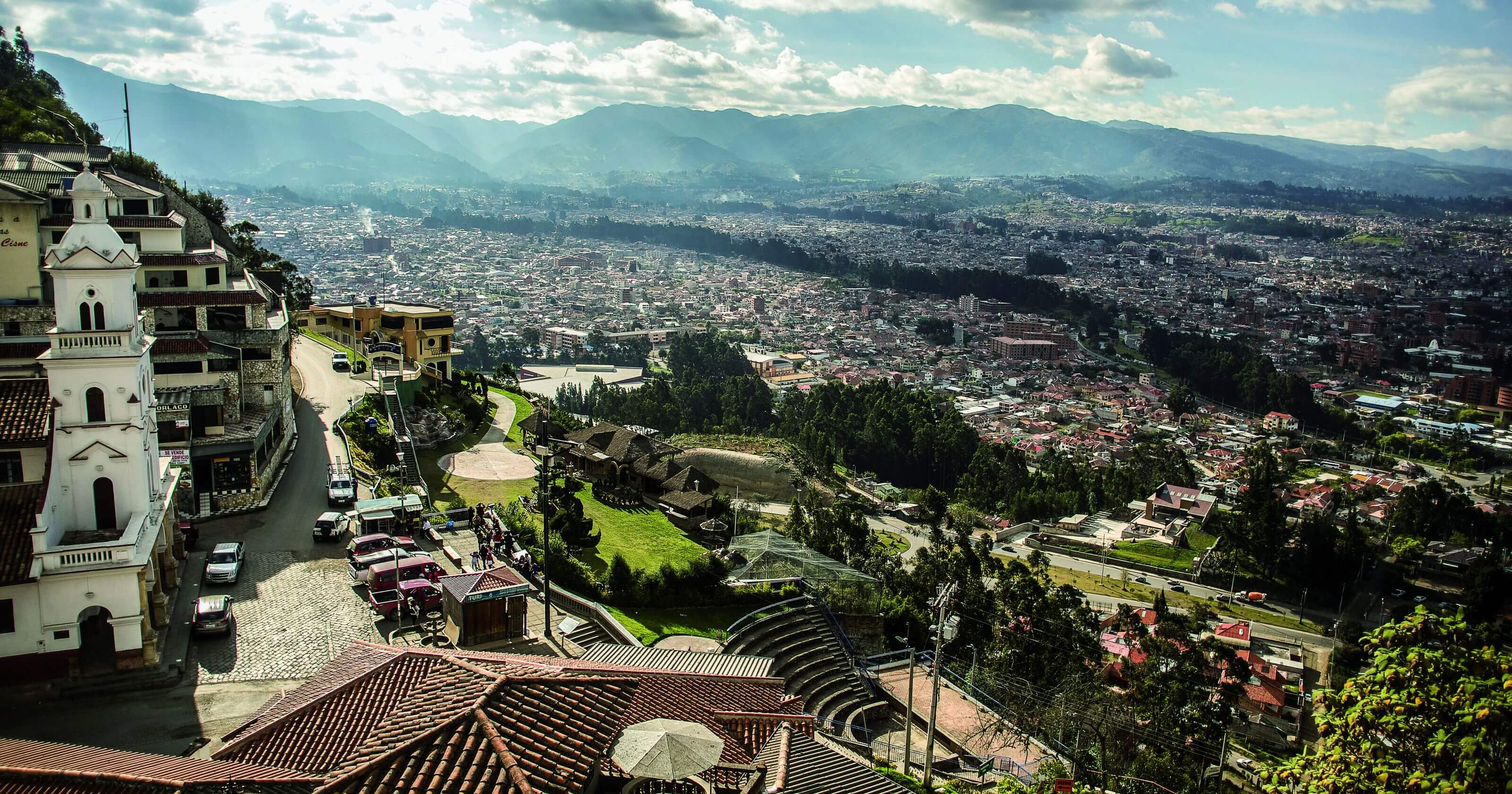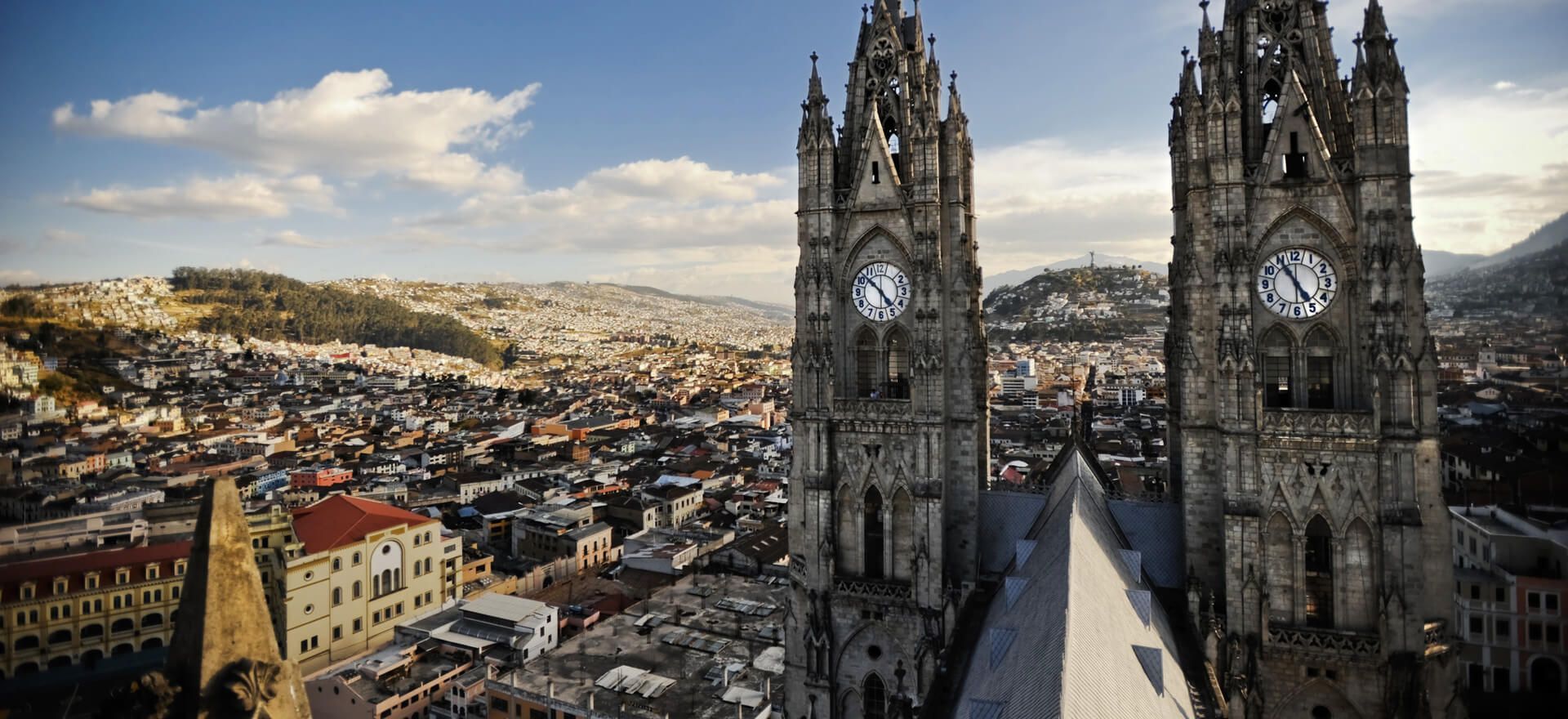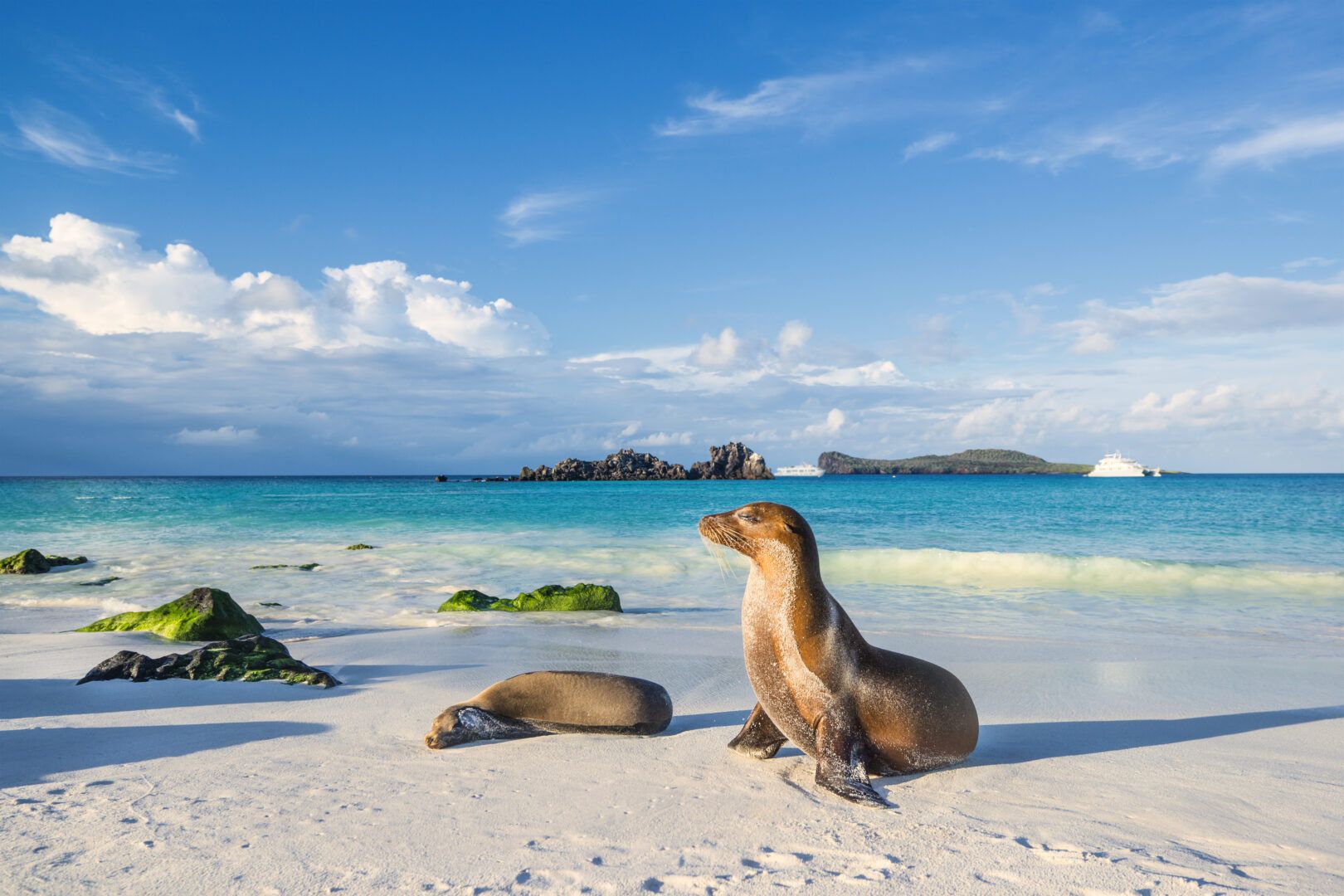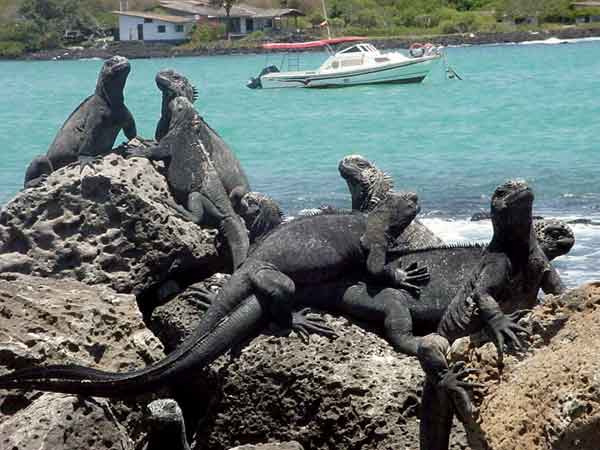Nature Tour – Galapagos Cruise
Book nowOur Packages
ITINERARY
Arrival at Mariscal Sucre Airport, Quito. Transfer to Hilton Colon Hotel.
Accommodation: Mercure 4*
Check in – 14:00
Breakfast.
Quito city tour is perfect for seeing fascinating panoramas, churches, domes and roofs that have an important historical value. You will admire and learn about colonial art, architecture, culture, legends, and traditions. Quito, the capital of Ecuador, was founded in the 16th century on the ruins of an Inca city and stands at an altitude of 9.350 feet. Despite the 1917 earthquake, the city has the best-preserved, least altered historic Center in Latin America. The architecture and rich interiors, are pure examples of Quito School of sculpture, which is a fusion of Spanish, Italian, Moorish, Flemish and indigenous art. After four incredible hours exploring the Old Town, you’ll understand why Quito was the world’s first city named to UNESCO’s Cultural Heritage list.
At the afternoon, you will visit: “Cuidad Mitad Del Mundo” and Intiñan Museum
- “Ciudad Mitad del Mundo”
“Ciudad Mitad del Mundo” is the touristic, cultural, scientific and commercial smallest city of Ecuador. Its architecture is based on colonial style. An obelisk and a museum relevant to its geographical location were built at the Middle of the World site. All of this is found among the drastic landscape surrounded by nature and modern buildings. The monument is crowned by a metallic sphere that represents the Earth. It is named Equatorial Monument and it geographical orientation coincides with the four cardinal points and is located precisely at Earth’s midpoint — 0 degrees latitude, 0 minutes, 0 seconds.
- Intiñan Museum
Since the year 1960, the Intiñan Museum in Quito has been a center for the promotion of the many aspects of Ecuador’s culture. This museum offers interactive exhibits on how the Incas determined the middle of the earth, plus interesting science experiments such as balancing an egg on a nail.
Return to the hotel.
Accommodation: Mercure 4*
(Breakfast)
Breakfast.
After breakfast we will drive to the famous Quilotoa Crater Lake from Quito through the Panamericana “The Avenue of the Volcanoes”.
Before going to Quilotoa, we will visit a beautiful rose farm, to learn everything about the process of growing, harvesting and exporting roses.
On our way we will pass by the Tigua workshop and admire some impressive local artwork with impressions of life in the Andes.
At our arrival to the Quilotoa Loop, we will appreciate an emerald green lake inside the crater of an extinct volcano with steep jagged cliffs. We are going to trek into the crater to the lake shore and the return to the top of the crater is a mule ride. Kayak on the lake (optional).
Accommodation: Sangay 4*
(Breakfast)
Breakfast.
Baños is known as “The Gate of the Amazon Region.” Baños are located on the outside of the eastern range of the Andes. It is the perfect place to relax and explore. This small town is famous worldwide for its natural crystalline waterfalls.
Here you can see how it is made the famous “marshmallow” (candy, which is made from sugar cane).
Baños is the main tourist attraction for adventure, there are several ways to enjoy nature through hiking, horseback riding, cycling and rafting.
We will start the city tour and the visit the waterfalls: “Agoyán”, “Manto de la Novia” and “Pailón Del Diablo” and enjoy the “Swing at the End of the World”.
Continue to Riobamba.
Accommodation: Hacienda Abraspungo 4 *
(Breakfast)
Visit to the Chimborazo Reserve and the ruins of Ingapirca.
The duration of the excursion day, with transfers, is 10-12 hours.
The duration of the transfer Riobamba-Chimborazo – 1 hour; Chimborazo-Ingapirca 4 hours; Ingapirca-Cuenca – 1.5 hours.
The height of the excursion is 3200-4800m. Overnight altitude – 2500m.
The average temperature during the tour is 0-+5C. Average overnight temperature – +15С
Located in the heart of Ecuador, this relatively small reserve preserves historical, cultural and biological riches, although the cold prevailing in it suggests otherwise. From the impressive view of the “grandfather” Chimborazo, more than six thousand meters high, is breathtaking when you look at him, no matter from what point: from the city of Riobamba, from the train car heading to Alausi, from the Ambato-Guaranda highway in the Cruz del area – Arenal or from a plane flying over the Andes. No wonder, when flying in the vicinity of the majestic volcano, pilots always announce this to their passengers. The Chimborazo Reserve was established in 1987 with the aim of implementing a program to manage the “Andean camels” (llamas, alpacas and vicuñas). These close relatives of famous camels are native to the riding paramo but disappeared from the wild many years ago. The creation of this reserve was intended to repopulate these areas with native species, in this case, they brought vicuñas from Peru and Chile, where they still live in natural conditions. Thus, the reserve has formed and manages wild populations, from which it will receive valuable wool in the future.
The reserve, despite the fact that its importance is obvious, no doubt attracts the attention of tourists thanks to the aforementioned volcano Chimborazo – the highest mountain of Ecuador, covered with eternal glaciers – and its neighbor, the Cariuairaso volcano. Both volcanoes are located in the center of the reserve. Numerous streams, formed during the melting of volcanic glaciers, flow into the Ambato, Chambo and Chimbo rivers, which in turn form the Pastasu River. Lunch Box included.
After visiting the reserve, we go to the ruins of Ingapirca. Ingapirca is the largest and best preserved archaeological site in Ecuador, is located 80 km from the city of Cuenca, in Cañar province. It was built with millions of hewn stone in the middle of the eighteenth century. In the complex you can see the different architectural units, among which stands the Temple of the Sun, which have an elliptical shape 37 feet long and 12 meters wide, was used to perform ceremonies and rituals Cañari-Inca culture. In addition, you can observed the oldest building Ingapirca Pilaloma which consists of a series of rectangular rooms.
After visiting the ruins we will go to Cuenca, here you can rest and enjoy your free time.
Accommodation: Hotel Santa Lucia 4+*
Breakfast/Box Lunch
Breakfast: at the hotel.
National Park Cajas is located in the Ecuadorian Andes west of Cuenca. This is a striking name as the area is characterized by large outcrops of bedrock. This is called knob and kettle geomorphology and results in a spectacular landscape, where the outcrops alternate with lakes. The lakes and rivers are famous for their trout and pure water. The park is about twenty nine thousand square hectares large and ranges in altitude from 2800 meters to more than 4400 meters above sea level. Cajas is a National Park since 1996. Cajas was declared a National Area of Recreation in 1977. Humidity, low temperature, and high altitude with low atmospheric pressure create an ecosystem that accumulates organic material in the soil that is able to retain water. The National Park is home to a large variety of animals, some of which are endemic or highly endangered.
In the afternoon we’ll visit Cuenca for city tour.
Cuenca, 2560 m. high (8400 feet), the third largest city in Ecuador and a UNESCO World Heritage Site, is situated in a fertile valley in the southern highlands of Ecuador. Cuenca has kept its old-world architectural charm and its colonial ambience. The Old Town is best visited on foot. Our tour takes you along the cobblestone streets admiring the historic buildings, hanging balconies, carved wooden doors, the craft fair and colorful flower market, the main plaza with the Old Cathedral, which has been converted to the “Museum for Religious Art”, and the magnificent blue-domed Cathedral of the Immaculate Conception. See silversmiths at work and handicrafts of almost every kind. You end the tour with a visit to the “Panama Hat” factory.
Accommodation: Santa Lucia Hotel 4*
(Breakfast)
Breakfast.
In the morning we will visit Mirador de Turi, is one of the most popular excursions in Cuenca. Turi is located in the perfect place to bask in the breathtaking panorama of the entire city of Cuenca. Then we will continue to visit the Panama Hat Factory. The factory has become a popular place to visit) because the museum provides daily tours to the public on the past and current ways of producing the different kinds of panama hats.
After lunch we will continue to the Saraguro Community. The Saraguro people are very welcoming and willing to show us part of their daily life, turning this trip into one of the best experiences of rural, agro and community tourism. They are very proud of their indigenous roots so they wear their typical customs and practice ancestral rituals.
We will continue to Loja.
Accommodation: Grand Victoria 4*
(Breakfast, Lunch)
Breakfast.
After breakfast we will visit Loja. Including the “gates of the city” The gates of the city are modeled after the Coat of Arms of the city, presented by King Felipe II of Spain in 1571. The gate is on Av. Gran Colombia, and houses four galleries which show contemporary Lojano artwork, and a cafeteria and gift shop. A stunning view of the city is found by climbing the clock tower. Loja contains a number of historic churches; the city’s board of tourism has approached finding them in a novel manner. Beginning at the Puerta de la Ciudad, one of the first thing a tourist will notice is a large orange stripe painted on the sidewalk. Following the stripe takes the interested tour of the main historic churches and areas of Loja.
Also we will visit the Jipiro Park. It covers an area of 10 hectares, and features some architectural replicas of famous buildings from around the world. Among its main attractions are the Cathedral of San Basilio Moscu – Russia, a Chinese Pagoda, an Indian temple, the Colonial Bridge, an Arab Mosque, the Euro-Latino Castle, the Sun Door, and more.
After visit Loja, we will continue to the Podocarpus National Park, is a park located in the provinces of Zamora Chinchipe and Loja, in the south-east of Ecuador. It was created in 1982. In the park you can find a great variety of landscape and habitat leads to high biodiversity of flora and fauna. The native vegetation of this area, lush and varied, so the National Park is considered Poducarpus Botanical Garden of America.
We will continue to Vilcabamba, called the Valley of Longevity. Vilcabamba was little known by outsiders until scientists discovered that a strikingly large percentage of residents were over a hundred years old.
Accommodation: Paraiso Vilcabamba 3*
(Breakfast, Box Lunch)
Breakfast.
In the morning we will visit the Jocotoco Foundation; established in 1998 to protect land of critical importance to the conservation of Ecuador’s endangered birds and associated biodiversity not otherwise protected by Ecuador’s existing system of protected areas. The Foundation primarily achieves this aim by purchasing lands and managing them as ecological reserves.
The Lodge is settled in the lower portion of Buenaventura Reserve, at 500 m elevation. This reserve is home of a remarkable set of flora and fauna, including almost 300 bird species, many of them being endemics. Special climate conditions have resulted in a wide variety of habitats used by birds.
You will have the opportunity to stroll through the forest, accompanied by a guide who will tell you all the secrets of the reserve. Walking through the forest takes from 1.5 to 4 hours, depending on the chosen trail.
Accommodation: Umbrellabird Lodge 4*
(Breakfast,BoxLunch,Dinner)
Breakfast.
After breakfast we will visit Puyango. The Puyango Petrified Forest, or the El Bosque Petrificado de Puyango, is a very unusual reserve. It is home to the largest known area of exposed petrified wood, of which a lot comes from the Araucarias family – a tree that is not often fossilized. Forests like this are not easy to come by, as trees that are dying will normally just decompose. However, here we have an excellent example of fossilized trees and marine fossils due to the dry nature of the ecosystem. The marine fossils that you will find in the forest occur because of the area having once been completely under water. The area is estimated to be about 500 million years old. Apart from the intriguing tree fossils you can also see a wonderful array of wildlife. There are more than 130 different types of bird species to be found here throughout the year, with equally beautiful butterfly species.
We will continue to Guayaquil. On the way, we will visit a banana plantations (optional).
Accommodation: Wyndham Guayaquil 4*
(Breakfast)
Breakfast
Transfer to the airport for your flight to the Galapagos Islands.
Grand Majestic 4-day Cruise “A”
(San Cristobal, Floreana, Española, Santa Cruz)
Day 1: Monday
SAN CRISTOBAL ISLAND
In the morning: San Cristobal airport arrival
You will arrive at San Cristobal Island in the morning.
After passing through immigration and baggage claim, you will be met by a Grand Majestic staff member and transferred to the yacht. You will be shown to your cabin where you will have some time to settle in before lunch and a welcome briefing.
In the afternoon: El Junco Lagoon
Located in the highlands 19 kilometers from Puerto Baquerizo Moreno, El Junco is located in the caldera of an extinct volcano. Rainwater feeds the lagoon. There are many farms and ranches in this area of San Cristobal Island, and sometime cows can be found near the lagoon.
|
El Junco Lagoon, San Cristobal Island |
|
|
Possible Activities: |
Hike around the lagoon |
|
Difficulty: |
Easy/Moderate |
|
Type of Landing: |
Dry Landing |
|
Highlights & Animals: |
Beautiful lagoon filling the crater of the extinct volcano. Frigates and occasionally some species of local water birds |
Accommodation: Grand Majestic 5 *
(Breakfast,Lunch,Dinner)
FLOREANA ISLAND
In the morning: Post Office Bay
You will land on a beach and head to a spot where 18th century whalers placed a wooden barrel used as an unofficial mail box. The custom continues to this day with Galapagos visitors. So, don’t forget your postcards, and don’t be surprised if the post card arrives to its destination before you even get home!
|
Post Office Bay, Floreana Island |
|
|
Possible Activities: |
Short hike (less than 0.6 miles / 1km) & snorkeling |
|
Difficulty: |
Easy |
|
Type of Landing: |
Wet Landing |
|
Highlights & Animals: |
Post office barrel, nice sandy beach |
In the afternoon: Cormorant Point
Cormorant Point hosts a large flamingo lagoon where other birds such as common stilts and white-cheeked pintails can also be seen. The beaches on this island are distinct: The Green Beach is named so due to its green color, which comes from a high percentage of olivine crystals in the sand, and the Four Sand Beach is composed of white coral.
|
Cormorant Point, Floreana Island |
|
|
Possible Activities: |
Dinghy ride & hike (1.25 mi /2 km) |
|
Difficulty: |
Easy |
|
Type of Landing: |
Wet Landing |
|
Highlights & Animals: |
Flamingoes, green-colored beach |
Afterwards: Devil’s Crown
You will have a chance to snorkel around Devil’s Crown which is the rocky remains of an offshore volcano sticking out of the water.
This is a great location to spot a wide range of marine creatures.
|
Devil’s Crown, Floreana Island |
|
|
Possible Activities: |
Snorkeling, panga ride |
|
Difficulty: |
Moderate/Difficult |
|
Type of Landing: |
No Landing |
|
Highlights & Animals: |
Large array or marine species |
Accommodation: Grand Majestic 5*
(Breakfast,Lunch,Dinner)
ESPAÑOLA ISLAND
In the morning: Suarez Point
On the trail to Suarez Point you will have the chance to spot blue-footed boobies, albatrosses, and Nazca boobies. This island is the breeding site of nearly all of the world’s 12,000 pairs of waved albatrosses. You will also visit a beautiful site on the ocean front where there is a cliff that the large albatrosses use as a launching pad! You will have the chance to see the famous blowhole that spurts sea water into the air. The landscape is great for photography.
|
Suarez Point, Española Island |
|
|
Possible Activities: |
Hike (1,9 miles / 3 km) |
|
Difficulty: |
Difficult |
|
Type of Landing: |
Dry Landing |
|
Highlights & Animals: |
Hood mockingbirds, Nazca boobies, waved albatrosses (approximately from the last week of April until the last week of January), red-billed tropicbirds, lava lizards, Galapagos hawks, blowhole, amazing landscape and maybe blue- footed boobies. |
In the afternoon: Gardner Bay, Gardner Islet & Osborn Islet
This excursion takes you to the spectacular Gardner Bay. After landing, you can walk across a lovely white-sand beach amongst a busy sea lion colony or dive into the water to swim with sea lion pups. You may also see curious mockingbirds on the beach.
|
Gardner Bay, Gardner Islet & Osborn Islet, Española Island |
|
|
Possible Activities: |
Snorkeling, panga ride, short hike (0,6 miles / 1km) and Kayaking |
|
Difficulty: |
Easy |
|
Type of Landing: |
Wet Landing |
|
Highlights & Animals: |
White sandy beach, sea lions, mockingbirds; snorkeling: colorful fish, sea lion nursery |
Accommodation: Grand Majestic 5 *
(Breakfast,Lunch,Dinner)
SANTA CRUZ ISLAND
In the morning: Twin Craters
You will visit the Twin Craters located opposite to each other on both sides of the road leading from Puerto Ayora to Baltra. The name is only figurative; not real craters, these formations were created by the collapse of surface material in underground fissures and chambers. The view is breathtaking.
|
Twin Craters, Santa Cruz Island |
|
|
Possible Activities: |
Walking and scape viewing |
|
Difficulty: |
Easy |
|
Type of Landing: |
Dry Landing |
|
Highlights & Animals: |
Pit craters, Scalesia Forest |
Afterwards: Baltra Airport Departure
After this final visit, you will be transferred to the Baltra airport in time for your flight back to the mainland.
(Breakfast)
INCLUDES:
- Private transportation and tours with English Speaking Guide in Mainland Ecuador as described on the itinerary;
- Shared transportation and tours with English speaking guide in the Amazon and the Galapagos Islands as described on the itinerary;
- Accommodation as listed on the itinerary;
- Meals as listed on the itinerary;
- Entrance fees as listed on the itinerary.
NOT INCLUDED:
- Flight to/from Galapagos Islands;
- Galapagos National Park Entrance Fee / USD 100 pp (subject to change);
- Ingala Transit Control Card / USD 20 pp (subject to change);
- International flights;
- Travel Insurance (opti0nal)
- Health insurance (obligatory);
- Tips;
- Personal expenses;
- Items not specified.
|
RATES IN US $ PER PERSON |
|
||
|
1-3 pax |
SNGL |
DBL |
TRPL |
|
Mainland Ecuador & Galapagos Islands |
8660 |
4878 |
4858 |
- Cost of SNGL – if there is 1 person traveling.
- Supplement for single accommodation (from 2 people) – USD 2713.
NOTE: RATES AND ITINERARY subject to change without prior notice

 Русский
Русский